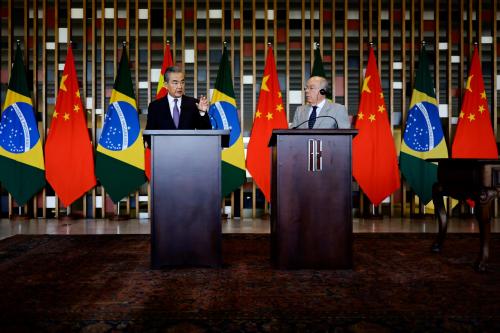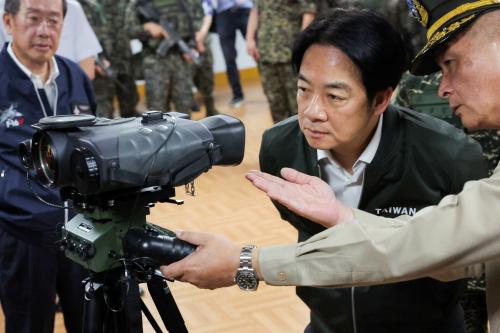Editor’s Note: This is the second piece in an on-going series showcasing Teresita and Howard Schaffer’s research findings from their book, India at the International High Table, which will examine how India sees its role in the world and how this translates into its negotiating style. In this article, the authors argues that the recently concluded U.S.-India Strategic Dialogue really did expand the strategic links–not through the many activities that the two governments showcased, but through closer consultations on the world beyond South Asia. The first article, “Still Seriously Unmatched”, discussed the developing relationship between India and China.
The June 13 U.S.-India Strategic Dialogue left some commentators in both countries complaining that there was less to it than met the eye. We disagree: it seems to us to have finally — almost by stealth — begun shifting the U.S.-India conversation toward something that deserves the name “strategic,” centred on policy consultations on the world beyond South Asia.
Huge agenda
Both governments emphasised the breadth of the binational dialogue. In the week before the ministerial meeting, the United States government hosted six other bilateral events on health, women’s issues, education, science and technology cooperation, cyber-security, and counter-terrorism. The full list (23 dialogues!) includes some important items, better funded than in the past — but tends to produce glazed eyeballs even among hardened policy wonks.
The stage was set for this year’s discussions, however, by two actions that had nothing to do with the actual meetings: the U.S. waiver of potential sanctions on India’s oil trade with Iran, and the memorandum between Nuclear Power Corporation of India, Ltd. (NPCIL) and Westinghouse committing both sides to work towards early works agreements on things like preliminary licensing and site development, aiming at an eventual nuclear power plant in Gujarat. Neither of these actions eliminates a problem. Secretary Clinton’s Iran waiver authority can only be exercised for 180 days at a time. India’s nuclear liability regime remains a serious problem for U.S. companies wanting to build power plants in India, and it is not yet clear that their concerns have been met. But both provide a sense of progress and temporary relief from a serious irritant. Both governments showed they were serious about their relationship.



Commentary
Op-edExpanding the U.S.-India Strategic Partnership
June 26, 2012